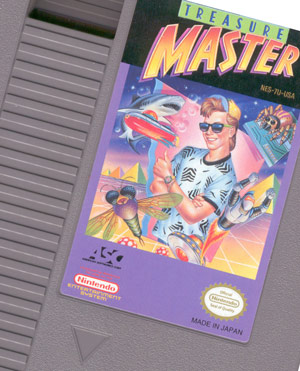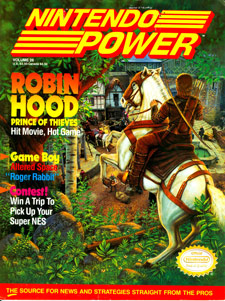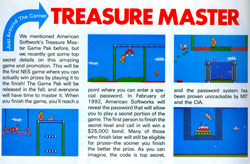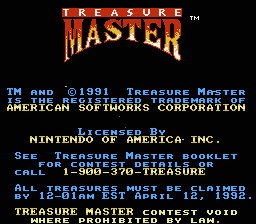For the most part, I haven’t been able to abide the notion of Twitter, where people “micro-blog” little messages of up to 140 characters each. It just seems like a bunch of “look at me” nonsense with no real purpose. But then, I used to think the same about blogs in general until I found a few interesting blogs. Lately, I have finally found a few interesting people to follow on Twitter.
Then I read mentions of “Twitter clients” and quickly realized that there is an entire software ecosystem around these little messages. Indeed, there is an officially sanctioned HTTP/REST-based API for writing your own client apps.
Naturally, where I’m going with this is: Would it be useful to adapt FATE to post, ahem, “tweets” regarding state transitions (something either broke or got fixed with an individual build)? Would anyone care, i.e., does anyone already actively follow Twitter? I’m getting close to the point where I believe I can implement an email notification system, most likely to a separate mailing list. But this new channel might not be too difficult to implement at the same time. (Actually, I’m still trying to figure out from the documentation whether or not it’s possible to post a new message through the API; I can’t find the right function, or perhaps I just don’t understand all the Twitter-specific jargon yet.)
This is a little more outlandish, but as I was looking at a list of tweets today, I suddenly wondered about the possibility of sending encrypted messages through such a channel. I’m not the only person who was curious. This person beat me to the brainstorm, even going so far as to hack up a proof of concept that encodes a message of arbitrary length into multiple tweets.




